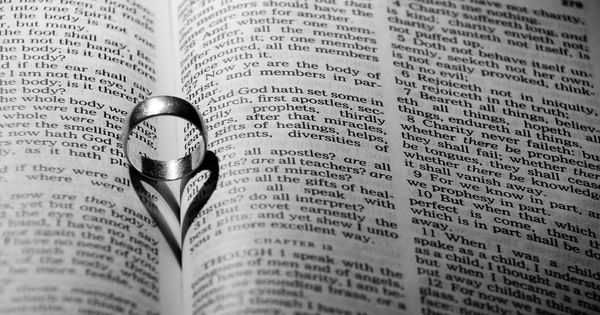Highlights
When it came to babymaking, America was once exceptional in the developed world. While fertility rates fell and fell across much of Europe and East Asia over the last half-century, the total fertility rate (the number of children a young woman today can expect to have if birthrates remain stable) in the United States was different. For decades, Americans had around two children per woman—very near the "replacement level" of 2.1 births per woman that will keep population stable in the long run, even without any immigrants.
No more. The number of empty cradles across the United States is growing. In the immediate wake of the Great Recession, fertility fell. First, it fell during the lean years after the recession, as many expected. But then, to the surprise of many commentators, the birthrate continued to fall even as the economy recovered. This year, in 2020, our firm Demographic Intelligence forecasts that the total fertility rate will fall below 1.7, potentially putting the nation on the road to the kind of exceptionally low fertility rates we have seen in East Asian countries like Japan (1.43) and China (1.68)—the latter of which only recently lifted its one-child policy. And the COVID-19 fertility fallout will only make things worse.
Our birthrate has never been so low in America. What this means, practically, is that American families have foregone over seven million babies between 2008 (when birthrates were last at replacement rate) and 2020 and, if birthrates remain at 2020 levels for the next decade, will forego nine million more by 2030. Sixteen million fewer children born across two decades than would have been the case if birthrates remained at their 2007 levels is a shocking loss. These lost births are disproportionately felt among Hispanic, Native American, Black and working-class white women. This decline also means that a rising share of American men and women will be childless—current trends suggest that about 25 percent of women born in the 1990s will never have any children. Once again, the most vulnerable women in our society are paying the biggest price for today's family travails.
For years, demographers have been shamelessly erasing this story of declining fertility, claiming it's merely a "tempo" effect—meaning that lost births now will be made up later. But the rate at which women transition into parenthood has barely budged for women over age 35, even as it has plummeted for women under 35. There's no credible sign of a baby catch-up in the works. These postponed births are never going to be fully recovered by women in their late 30s and 40s. Completed fertility for American women is headed to a level well below replacement.
Continue reading at Newsweek . . . .












